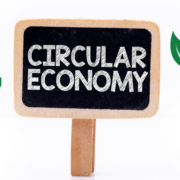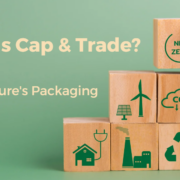Wood Is a Sustainable Choice for Packaging and Shipping Materials
Welcome Nature’s Packaging readers, in this blog post we’re going to be talking about the importance of sustainability in our world today and how wood plays a crucial role in it. We’ll be reviewing the benefits of wood as a renewable resource, and why it’s a great choice for packaging and shipping materials.
Trees are one of the most important resources in the world, providing countless benefits to people and the environment. Not only do trees provide oxygen and help to regulate climate change, but they can also be harvested as a renewable resource.
Trees have a wide range of uses for humans, from providing food and fuel to being used in construction and packaging among other things. Furthermore, trees are capable of regenerating themselves when properly managed, making them an excellent resource that is both sustainable and environmentally friendly.
So, what is a renewable resource? Well, a renewable resource is a resource that can be replenished or regenerated over time. Examples of renewable resources that are being utilized today include solar energy, wind energy, and, of course, wood.
One of the main advantages of wood as a renewable resource is that it can be replanted and regrown. In fact, in the United States alone, more than 1.9 billion trees are replanted every year. Trees are a renewable resource because they can be harvested and then replanted, making it a sustainable choice for packaging and shipping materials.
Unlike non-renewable resources like fossil fuels, wood is not a finite resource. It is a sustainable choice for packaging and shipping materials because it can be replenished, and when managed responsibly it can be re-used, and ultimately recycled.
Another advantage of wood as a sustainable choice for packaging and shipping materials is that wood is biodegradable. This means that it can break down naturally in the environment, unlike plastic or metal alternatives which can take hundreds of years to decompose.
Biodegradability is defined as the process of organic matter breaking down over time, until it is completely decomposed by microorganisms in its environment. The length of time for biodegradation of wood depends on several factors like the species of the wood, whether the material is left whole, or turned into chips by mulching.
Wood is also a cost-effective choice for packaging and shipping materials. Its cost-effectiveness, durability, and availability make it a popular choice among businesses and consumers alike.
As a natural material, wood has been used in packaging since ancient times due to its ability to protect goods during transportation. In the modern age, wood has been adapted to meet changing needs of consumers and businesses while remaining cost-effective, making it the ideal choice for supply chain and warehouse operations.
Wood is a renewable resource that can be replanted and regrown, making it a sustainable choice for packaging and shipping materials. It is biodegradable, cost-effective, and widely available. By choosing wood as a packaging and shipping material, companies can help reduce the environmental impact of supply chain operations and contribute to a more sustainable future.











